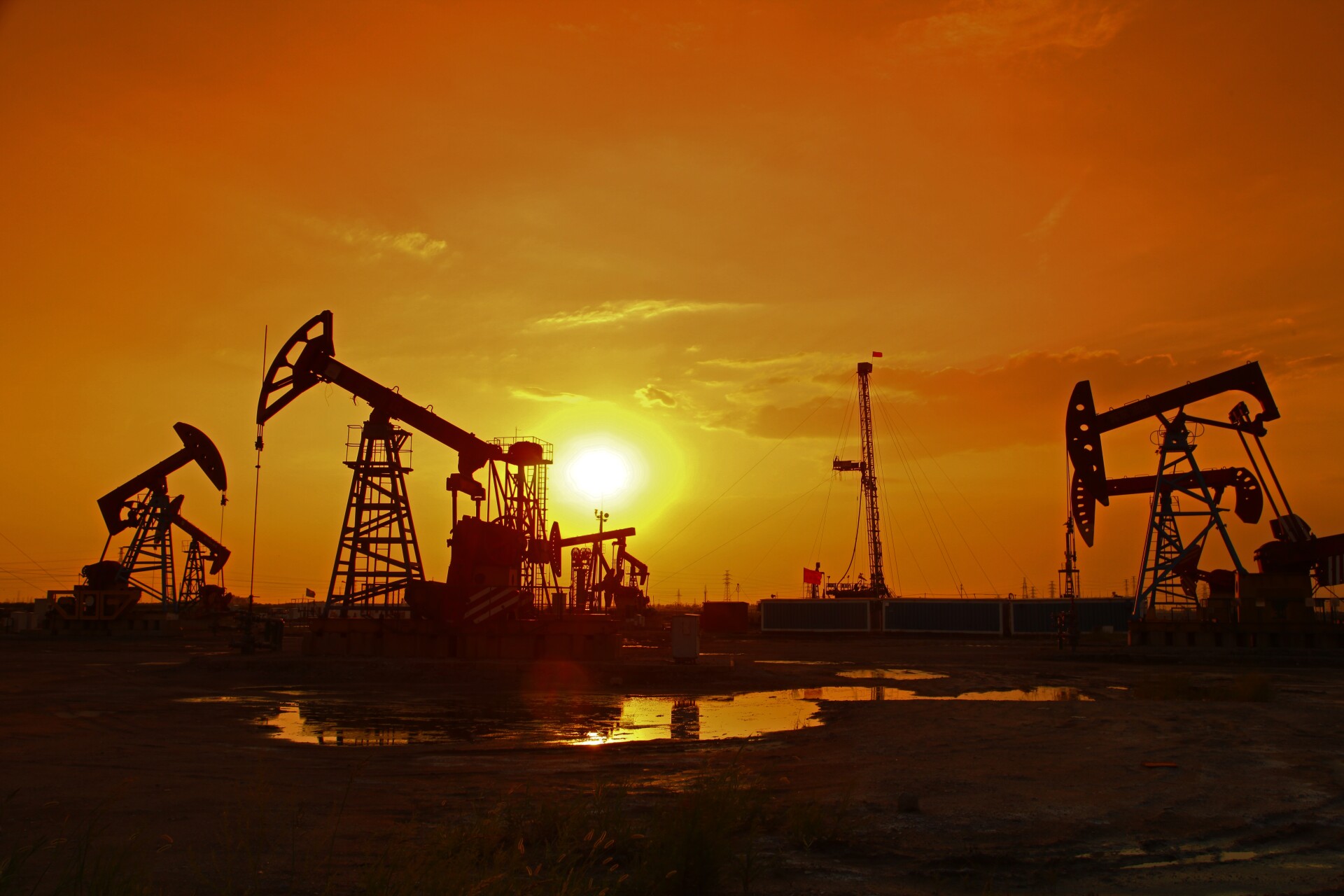The dramatic collapse of the 53-year rule of the Al-Assad regime over just two weeks has left Mideast states scrambling to stabilize the new Syria that emerges. The energy sector will be a critical pillar of any future reconstruction efforts to ensure political cohesion and economic viability. But the global upstream landscape has fundamentally changed over the past decade-plus, making the situation in Syria today much different than it was when, for example, the Iraqi sector opened up after the fall of Saddam Hussein. Moreover, Syria’s mature hydrocarbon fields, with current overall output of just 80,000 barrels per day, shows just how decimated it has become after 14 years of bitter civil war. Any international reconstruction effort will likely rely on the oil and gas sector as a revenue source to underpin the new government, but it is uncertain if international oil companies will show interest. Lifting a complex web of US, EU and UK sanctions on Syria — which includes the US Caesar Act of 2020, due to expire on Dec. 20 — could allow IOCs to return and invest. Current output could rise back to a pre-war 380,000 b/d and beyond — potentially to 400,000-500,000 b/d, argues John Bell, managing director of London-listed Gulfsands Petroleum, which holds Block 26 in northeast Syria. For the nascent Syrian state, this could provide gross revenue of $10 billion-$15 billion per year at $70 per barrel, he reckons. Yet it looks unlikely that oil majors will be drawn to a mature play with deeply complex aboveground risk. Both Shell and TotalEnergies are already present in key fields via joint ventures with state General Petroleum Corp. — Al-Furat Petroleum Co. (AFPC) and Deir el-Zor Petroleum Co. (DEZPC), respectively. But neither major has displayed much enthusiasm to resume operations, suspended since 2011. AFPC was pumping 90,000 b/d when the war broke out, while DEZPC was pumping around 20,000 b/d.
The most immediate concern for the new government in Damascus is replacing Iranian oil imports, which acted as a lifeline to the former regime. Syria is virtually bankrupt and cannot pay for crude or products on the spot market. Hayat Tahrir al-Sham, the rebel group that has assumed power in Syria, has no political links to Iran and will likely need to rely on state aid from neighbor Turkey and potentially Qatar to receive the products it needs to run the power plants that remain operational. Ankara has a vested interest in stabilizing Syria, as it hosts 3 million Syrian refugees. Turkey is currently believed to be trucking products to power plants in the north, Samir Seifan, a Syrian economist at Istanbul-based consultancy Harmoon, tells Energy Intelligence. Volumes are unspecified, but the route via Bab al-Hawa is a longstanding one. Turkish Energy and Natural Resources Minister Alparslan Bayraktar confirmed this week that preparations to support Syria have already begun, despite not yet receiving a formal request for assistance. Iran has provided Syria with regular shipments of crude oil since the uprising in 2011. At their peak, around a decade ago, Iranian crude deliveries to Syria were running at almost 100,000 b/d. Barrels of Iranian Light crude were discharged at Syria’s Mediterranean ports of Tartous and Baniyas and then sent to the state-run 120,000 b/d Baniyas refinery. Syria also has the 100,000 b/d refinery in Homs. Both facilities have been subject to damage and attacks in recent years.
The cost of rehabilitating Syria’s economy, including its oil and gas sector, will likely run into hundreds of billions of dollars and will need a group of committed donor nations. In eastern parts of the country, the demise of the Islamic State- and, later, Kurdish-controlled oil fields — now managed by Kurdish-led and US-backed Syrian Democratic Forces (SDF) — has left a patchwork of makeshift refineries and an environmental disaster. Some, like Gulfsands’ Bell, believe Syria still has potential as a hydrocarbons transit hub, but with such an uncertain political outlook, it is unlikely investors will show interest any time soon. Transit fees were possible from the existing Arab Gas Pipeline system, which has remained relatively intact and was set in 2022 to flow Egyptian gas to Lebanon, via Jordan and Syria, to alleviate Lebanon’s electricity crisis before a gas crunch took hold in Egypt and derailed those plans. For now, the focus will be on using what domestic production there is to supply Syrian power plants and generate some revenue. The SDF, along with some other factions, controls much of Syria’s oil wealth, located in the east and northeast, with proven oil reserves estimated at 2.5 billion barrels in 2020. This includes the Soueidieh and Rmelan fields in Al-Hasakah, the Tabiyeh gas field and a nearby gas plant built by ConocoPhillips in the 1970s, as well as the Al-Omar field in Deir el-Zor and smaller satellite fields.
SYRIA’S OIL AND GAS INFRASTRUCTURE

